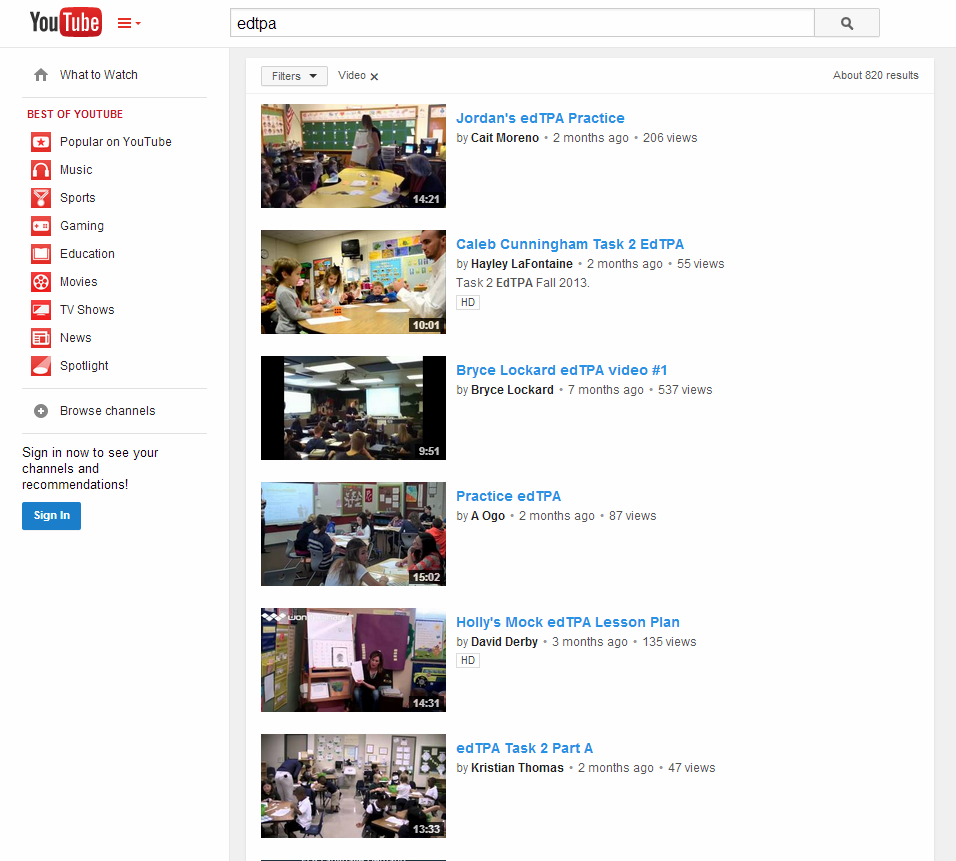Why YouTube isn’t a solution for classroom observation videos
When explaining Edthena to someone for the first time, the common question is why YouTube can’t be utilized to achieve the same end-goals.
We’d like to think that there is a lot of value in the way we facilitate collaborative conversation on video. These are things that YouTube isn’t designed to do.
But let’s assume for a second that you don’t see value in things like a fully-managed video compression tool or time-synced annotations or the ability to upload attachments like a lesson plan. So now we’re evaluating based solely on the function of video storage and delivery.
Even on this level, I’d assert that YouTube isn’t the right place for classroom videos since it’s not a secure, private location for sharing video. YouTube is designed to make video sharing really easy. Almost too easy.
One of the most common ways to share information on YouTube in a “private” way is to make a video unlisted. This excludes the video from search. But this means that anyone with the URL can access the video. And if they have access, they can watch the video, embed the video in other places, and even download the video using 3rd party tools.
Potentially more concerning than a video set to unlisted is a video mistakenly set as public. After all, this is the default option for all new videos uploaded to YouTube.
Take a look at this search for “edtpa” which pulls back several classroom videos:

It’s completely possible that the video uploaders in the screenshot gathered permissions for public display of these students. But my experience and instinct is that at least some of the videos available via public search are not intended to be so easily discovered.
This is why having a platform like Edthena is so important. Our platform defaults all video to private, and each uploader chooses to explicitly share a video to a group of specific individuals.
When using Edthena, a program decision maker doesn’t have to worry about accidental exposure of sensitive information. We lock everything away inside our platform using several layers of security, encryption, and even a secure connection.
Edthena is the opposite of YouTube when it comes to security for video, and that’s a good thing in this instance.
Note: There is a mechanism on YouTube which enables private videos to be selectively shared via Google+ to other users. However, I’ve rarely met people who understand how to do this.
